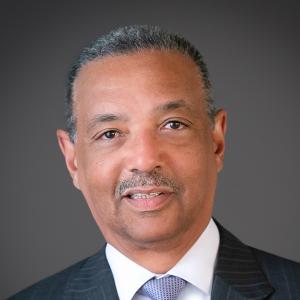The bipartisan Paycheck Protection Program Flexibility Act of 2020 (the “Flexibility Act”) became law on June 5, 2020, as an attempt to ease some of the burdens placed on businesses that received loans under the Paycheck Protection Program (“PPP”) enacted in March as part of the CARES Act.
The Flexibility Act changes PPP provisions as follows:
- Although the deadline for applying for a PPP loan remains June 30, 2020, the deadline for spending PPP funds is extended from 8 weeks to 24 weeks after receipt of the loan proceeds to still qualify for loan forgiveness. This gives employers more time to restore their workforce levels and wages to the pre-pandemic levels required for full forgiveness, although current recipients may elect to keep the 8-week period. This flexibility is designed to make it easier for more borrowers to reach full forgiveness. The restoration of workforce levels must be met by December 31, 2020, a change from the previous deadline of June 30, 2020.
- The Flexibility Act provides that the amount of loan forgiveness shall be determined without regard to a proportional reduction in the number of full time equivalent employees if a PPP recipient, in good faith, can (a) document an inability to (i) rehire individuals who were employees on February 15, 2020, and (ii) an inability to hire similarly qualified employees for unfilled positions on or before December 31, 2020, or (b) document an inability to return to the same level of business activity as such business was operating at before February 15, 2020, due to compliance with requirements established or guidance issued by the Secretary of Health and Human Services, the Director of the Centers for Disease Control and Prevention, or the Occupational Safety and Health Administration during the period beginning on March 1, 2020, and ending December 31, 2020, related to the maintenance of standards for sanitation, social distancing, or any other worker or customer safety requirement related to COVID–19.
- The threshold for the amount of PPP funds required to be spent on payroll costs to qualify for forgiveness is reduced from 75% to 60%, but borrowers MUST spend at least 60% on payroll, or NONE of the loan will be forgiven. The balance of the PPP funds must still be used for the same expenses: interest on mortgage obligations incurred before February 15, 2020; rent payments on leases dated before February 15, 2020; and utility (electricity, gas, water, transportation, telephone and/or internet) payments under service agreements dated before February 15, 2020.
- Previously, a PPP borrower was required to submit a request for loan forgiveness to its lender after the 8-week benefit period. With the extension of the benefit period to 24 weeks, the Flexibility Act provides that if a borrower does not apply for forgiveness within 10 months after the last day of the benefit period (which could be 8 weeks or 24 weeks), payments of principal, interest, and fees on the loan shall start on the day that is not earlier than the date that is 10 months after the last day the benefit period.
- Under the PPP, to the extent the loan is not forgiven, loan payments (principal, interest, and fees) were deferred for a period of 6 months after receipt of the loan proceeds, with interest accruing during the deferment period. The Flexibility Act modifies this period so that deferral now runs until the date the lender receives the forgiveness amount from the SBA (which shall not be more than 90 days after the forgiveness amount is determined); that is, until the lender is paid by the SBA all or a portion of the forgiveness amount, loan payments are not due (although interest shall accrue). We will update you when the SBA issues guidance to clarify this provision.
- Under the payroll tax deferral provision in the CARES Act, employers could defer its share of payroll taxes accruing through the end of 2020, paying 50% of the deferred amount by December 31, 2021, and the other 50% by December 31, 2022, but a PPP borrower could not defer taxes accruing after its PPP loan was forgiven. The Flexibility Act changes this result, allowing an employer to continue payroll tax deferral after forgiveness of its PPP loan.
As we learned after the PPP was implemented, the SBA periodically issued guidance that resulted in changes to the program, along with confusion. The same will likely happen with the Flexibility Act, so please regularly check the SBA website and Tydings COVID-19 webpage for updates.
If you have questions regarding the changes to PPP loans or your business operations, please contact Emerson L. Dorsey, Jr. or any other member of Tydings’ business department.
This information has been prepared by Tydings for informational purposes only and does not constitute legal advice.
